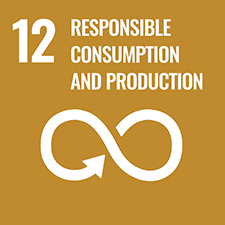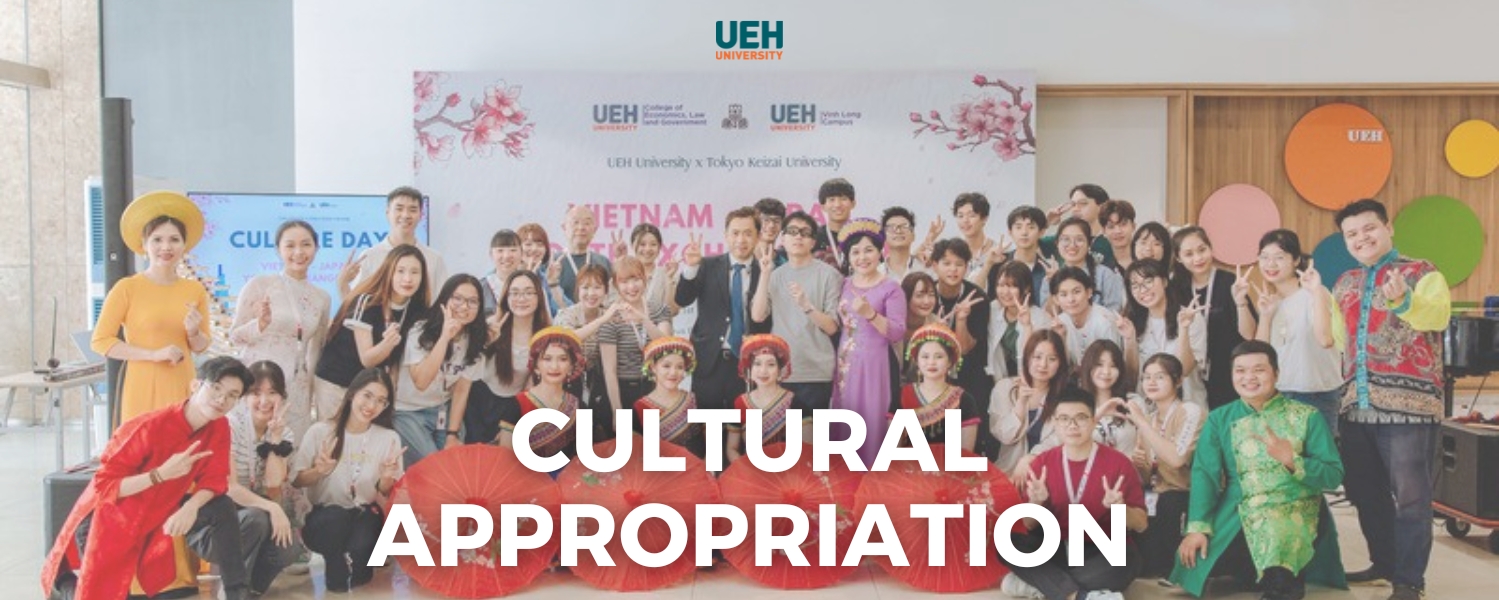
Cultural Appropriation, how is it in Vietnam?
27 Nov, 2023
Cultural Appropriation: What Is It?
Originally, the term "cultural appropriation" was used in academic contexts to discuss colonialism and the relationships between majority and minority groups. As time passed, it made its way out of academic interpretation and into popular culture. The National Conference for Community and Justice defines cultural appropriation as when members of a majority group adopt cultural aspects of a minority group in a stereotypical, exploitative, or disrespectful manner.
.jpg)
(Source: https://phunuvietnam.vn/)
An example of cultural appropriation of Vietnamese culture is Kacey Musgrave's “Ao dai” without pants. “Ao dai” is a traditional Vietnamese costume that was created to honor the cultural lifestyle of Vietnamese people, which is the spirit of solidarity. Therefore, it holds an irreplacable and significant meaning to Vietnamese. But the singer Kacey Musgraves has caused controversy while wearing “Ao dai” without pants, that makes her overall look too sexual and revealing in the eyes of Vietnamese. The Viet community was furious since they felt like their culture was abused and not respected. And the anger is expressed strongly on social media for a very long time .Some Vietnamese artists have also expressed their thoughts on the event, saying that “Before wearing the traditional costume of any country, you should research carefully or please search for information to see how people in that country wear it. What era is it? Phones have also made you much smarter. Why?”. So, it’s clear to see that Cultural Aprropriation can cause a lot of controversies and debation.
.jpg)
Kacey Musgraves’s Cultural Appropriation of Vietnam culture (Source: https://vietcetera.com/)
Why Cultural Appropriation causes so much controversies?
Understanding the background of cultural appropriation is crucial to realizing why it is such a problem. Some people may adopt a style from another culture without hesitation, yet the group from whom the style came may have had historical events that render the person's behavior insensitive to the group's experiences, both past and present.
.jpg)
Picture of Cultural Appropriation of Black Americans' protective hairstyles – Cornrows (Source: https://www.vogue.com/)
On the other hand, for many people from culturally abused communities, this is an insult because their culture is exposed and performed, separated from its original values. The users of culture are the ones that take benefits, not the communities that created them. Sometimes, the version used is distorted, causing offense and affecting the image of the original culture. Like the example of “Ao dai” mentioned above, the singer can gain benefits regarding her image while “Ao dai” - a very prescious traditional costume that Vietnamese value can be seen as erotic or sexy. Some people can misunderstand the original meaning of the costume and promoting the wrong message. This will cause bad reputation for the culture itself and sometimes, can lead to the lost of culture.
So, how do we avoid and prevent Cultural Appropriation?
First, learn about the culture and its origin. It’s esstential to find out what context do the culture belongings occur in? What’s their meaning historically? These information will let people have a grasp about the cultural good and show them how to use the culture appropriately.
In reality, Vietnam has also made significant efforts in promoting cultural values through The “6” project "Preserving and promoting fine traditional cultural values of ethnic minorities in association with tourism development." One of the outstanding activities is the application of cultural values in tourism to promote the beauty of Vietnamese culture. For instance, Netin Travel’s effort to combine the beautiful culture of Bru-Van Kieu ethnic group into their tours.
.jpg)
Bru-Van Kieu ethnic group’s rice sowing festival (Source: https://baodantoc.vn/)
Secondly, avoid the sacred. Even through research, there are still some certain objects or designs that are needed to be reserved for sacred cultural practices and deserve more respect and reverence than others. So with sacred items like those, it’s best to show more respect and try to stay out of using it. Besides, don’t ever stereotype or adopting ready-made, unoriginal expressions or opinions. It’s reductive and can be harmful to the relevant communities.
Thirdly, promote diversity by including people from different cultural backgrounds in the thought process and decision-making, which is equal taking a step forward in avoiding cultural appropriation. Genuine care with other cultures can shape postive mindset and guide people to good intentions to that culture.
Last but not least, try to engage, promote and share benefits. What can be a better way of diving into another culture than engaging with representatives from a culture other than your own. This can be extremely enriching and lead to all sorts of discoveries. In fact, to celebrate the 50th anniversary of establishing diplomatic relations between Vietnam and other countries, this year, a series of cultural and artistic exchange events with other countries have been coordinated by the city. Prominent among them are the 8th Vietnam - Japan festival in Da Nang and the Vietnam - Korea festival organized by the Department of Foreign Affairs in coordination with the Consulate General of the two countries in July and September respectively, at East Sea Park.
.jpg)
Amazing performance of Korean artists in the Vietnam - Korea festival (Source: https://baodanang.vn/)
UEH’s efforts to value different culture
Cultural diversity is attentive in UEH whereas events that appreciating different cultures are taken place frequently. And the Cultural Connections hosted by DSA – Department of Student Affairs is one of best representative. Cultural connections at is an activity that brings together cultural diversity to help UEH and international students develop a shared understanding of each other's values, beliefs, needs, and priorities. And the latest cultural connection - “Dreamers under the Moon” wass an event that spotlighted the beauty of Moon Festival or Mid Autumn Festival in Taiwan, Singapore, Viet Nam. The event was held to learn more about the characteristics of the indigenous culture of the countries.
.jpg)
Cultural Connections “Dreamers under the Moon”
Significant efforts of UEH to bring different cultures together and giving students a chance to embrace culture diversity.
.jpg)
Vietnam - Japan Youth Exchange Program 2023
News, photos: Department of Student Affairs UEH
References:
1. britannica.com | What Is Cultural Appropriation? | https://www.britannica.com/story/what-is-cultural-appropriation
2. vietcetera.com | Cultural appropriation là gì? Câu chuyện đằng sau những chiếc áo dài không quần | 16/06/2020 | https://vietcetera.com/vn/cultural-appropriation-la-gi-cau-chuyen-dang-sau-nhung-chiec-ao-dai-khong-quan
3. nytimes.com | 30/09/2022 | What Does Cultural Appropriation Really Mean? | https://www.nytimes.com/2022/09/30/t-magazine/cultural-appropriation.htm
4. verywellmind.com | 08/11/2022 | What Is Cultural Appropriation? | https://www.verywellmind.com/what-is-cultural-appropriation-5070458
5. baoquangbinh.vn | 10/11/2023 | Bảo tồn, phát huy giá trị văn hóa truyền thống của các dân tộc thiểu số | https://www.baoquangbinh.vn/van-hoa/202311/bao-ton-phat-huy-gia-tri-van-hoa-truyen-thong-cua-cac-dan-toc-thieu-so-2213625/
6. baodanang.vn | 21/10/2023 | Mở rộng kết nối, giao lưu các nền văn hóa | https://baodanang.vn/channel/5414/202310/mo-rong-ket-noi-giao-luu-cac-nen-van-hoa-3958560/Cultural Appropriation, how is it in Vietnam?

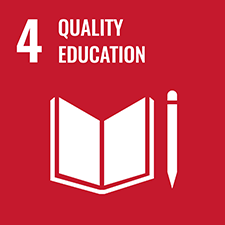
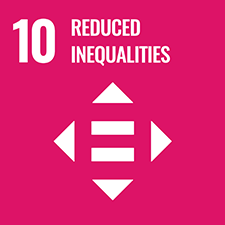
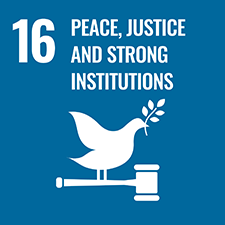
![[Research Contribution] Climate Adaptation and Ownership Structure: Determinants of Global Bank Performance](/images/upload/thumbnail/ueh-thumbnail-639024479352054880.png)
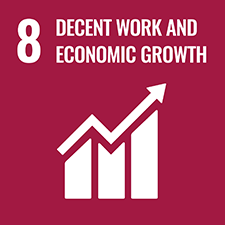

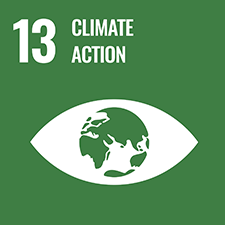
![[Research Contribution] Wage or Survival Fee? A New Perspective on Provincial Minimum Living Wages in Vietnam](/images/upload/thumbnail/ueh-thumbnail-639024468410266657.png)
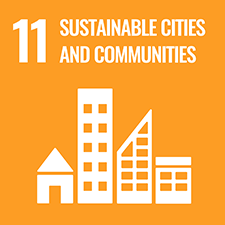
![[Research Contribution] A Model for Assessing the Impact of Accounting Data Analytics on Sustainable Information Presentation in the Public Sector](/images/upload/thumbnail/ueh-thumbnail-639024469396621767.png)
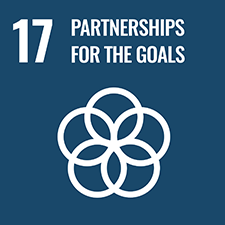
![[Research Contribution] A Strategy for Engaging Stakeholders to Implement Living Labs for Addressing Urban Issues](/images/upload/thumbnail/ueh-thumbnail-639024459455096821.png)
![[Research Contribution] Foreign preference and students’ intention to buy chinese fashion in Ho Chi Minh City](/images/upload/thumbnail/ueh-thumbnail-639024247663259881.png)
